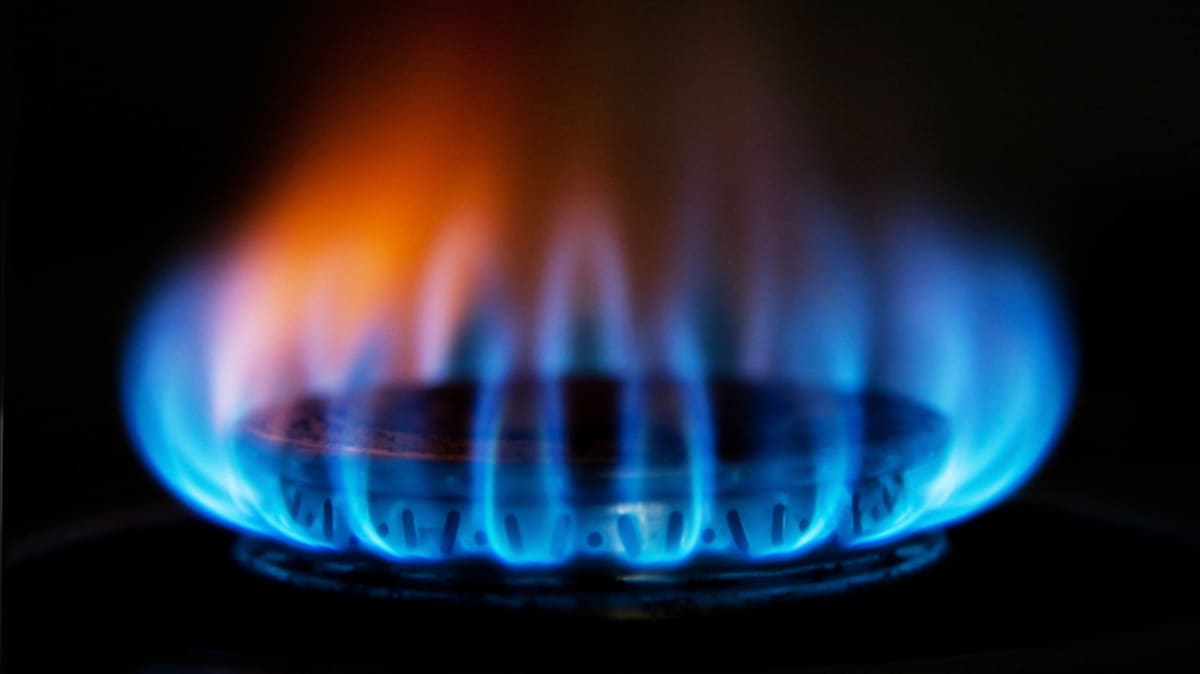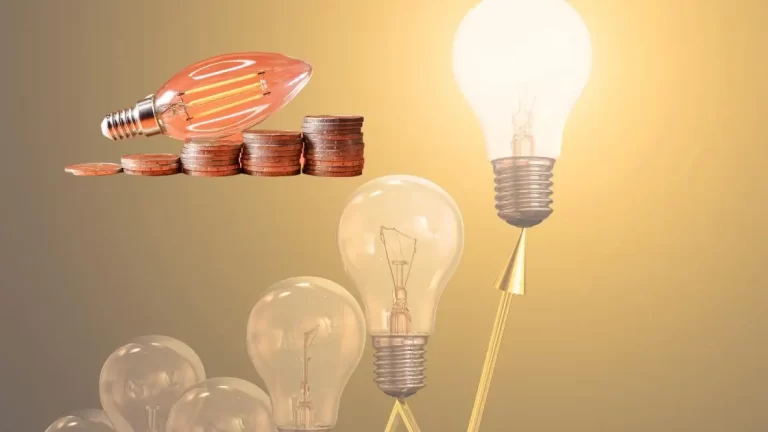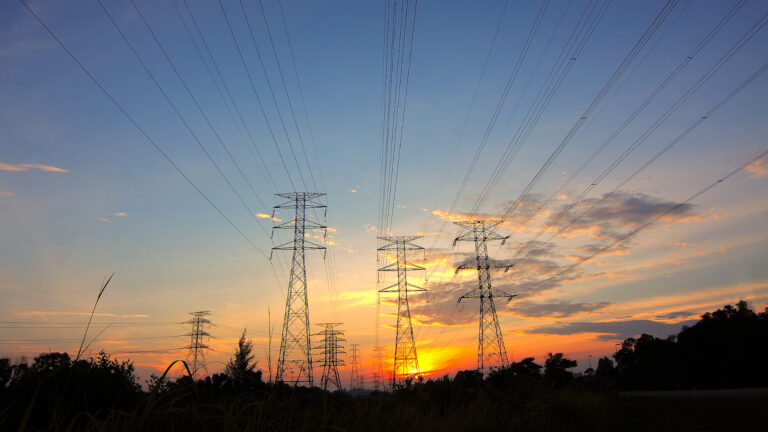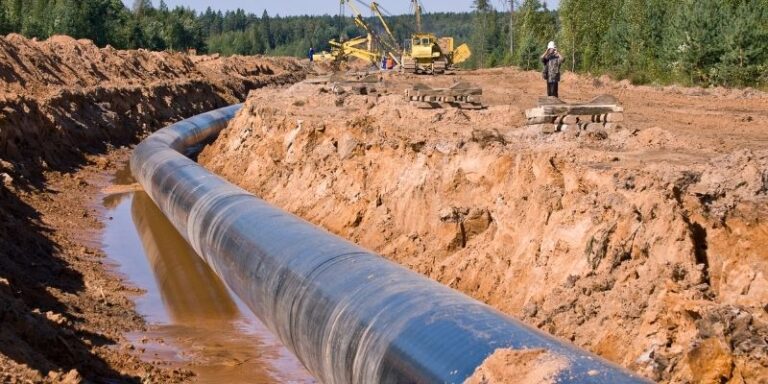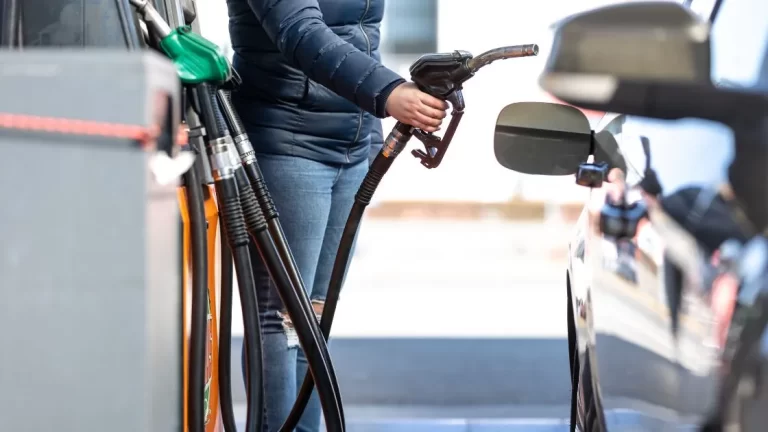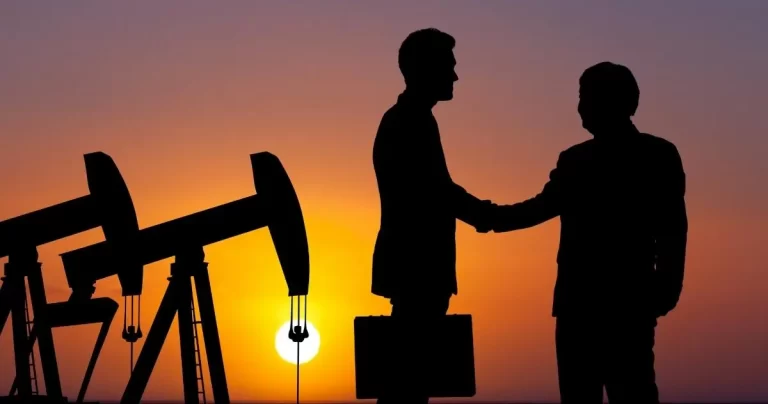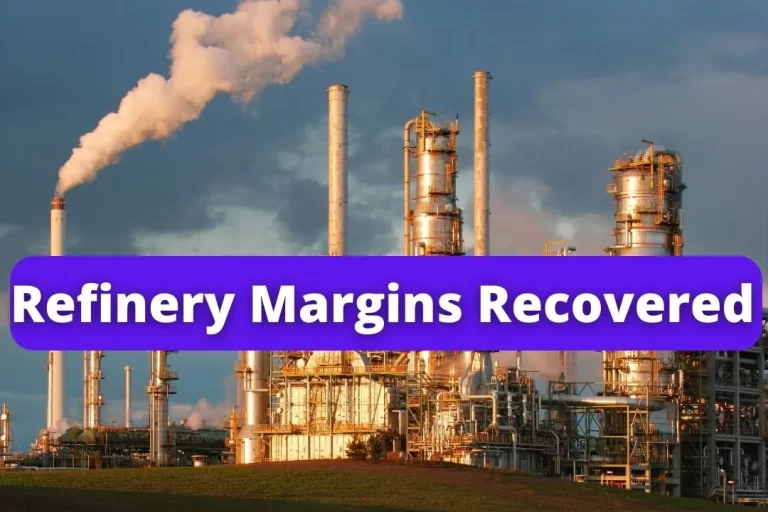Gas Prices Increased in the Best Country’s National Interest: Govt
Staff Reporter
Citing a staggering Rs 2.1 trillion loss in the gas sector, Energy Minister Muhammad Ali announced that the government had hiked gas prices in the best country’s interest.
Addressing a press conference along with an Information minister, he explained that the government took this step to rescue gas utilities from a significant revenue deficit projected for the fiscal year 2023-24.
This deficit had been exacerbated by the diversion of imported gas and inadequate pricing by previous administrations, resulting in a circular debt stock of Rs. 2.1 trillion.
Muhammad Ali expressed hope that adjusting gas prices in accordance with decisions made by the Oil and Gas Regulatory Authority (OGRA) would help curb the growth of circular debt in addition to mitigating inflation and interest rates.ECC Approves Massive Increase in Gas Prices for Consumers
He added that it would reduce fiscal deficits. Additionally, he anticipated that the new gas prices would attract international companies to invest in exploring indigenous oil and gas resources.
A substantial subsidy of approximately Rs. 384 billion was announced for various sectors in the gas industry, including domestic, tandoor (bread oven), and fertilizer sectors.
The goal of these subsidies was to shield consumers from the impacts of inflation, although it’s worth noting that these subsidies were essentially cross-subsidized by consumers themselves.
The Energy Minister clarified that the domestic sector would receive Rs. 139 billion in gas subsidies, the fertilizer sector Rs. 45 billion, and Roti tandoors Rs. 200 billion. He assured that the monthly bill for the protected class would remain below Rs. 900 for a consumption of 0.9 hm3 per month.
In addressing the fertilizer sector, the Energy Minister highlighted that the gas price for fertilizers was set at Rs. 580 per mmbtu, aligned with Mari Gas costs.
This adjustment was a modest increase of Rs. 70 compared to the previous year, aimed at protecting farmers and ensuring food security in the country.
The government had formulated a Regionally Competitive Energy Tariff (RCET) in consultation with key stakeholders, considering the situations in India, Bangladesh, and Vietnam, where these countries had emerged as net exporters.
The government’s focus was on conserving gas in inefficient sectors or those with alternative fuel options.
Moreover, over 50% of commercial consumers were already using LNG, with more than 27% of CNG connections relying on RLNG. Approximately 57% of domestic gas connections fell under the protected category, receiving subsidized gas.
The introduction of a fixed monthly bill of Rs. 400 was aimed at ensuring affordability, marking an increase from the previous Rs. 10 for the 5.7 million gas consumers.
Muhammad Ali noted that around 93% of gas consumers were paying gas prices lower than the actual cost, with 57% of households primarily consuming 31% of total gas but contributing only 11% of payments.
In contrast, the upper class, constituting 3% of gas connections, consumed 17% of the gas and incurred a 39% billing rate.



